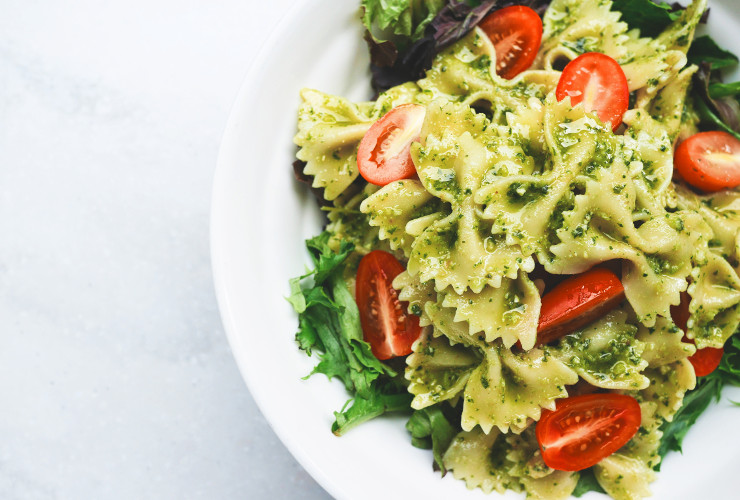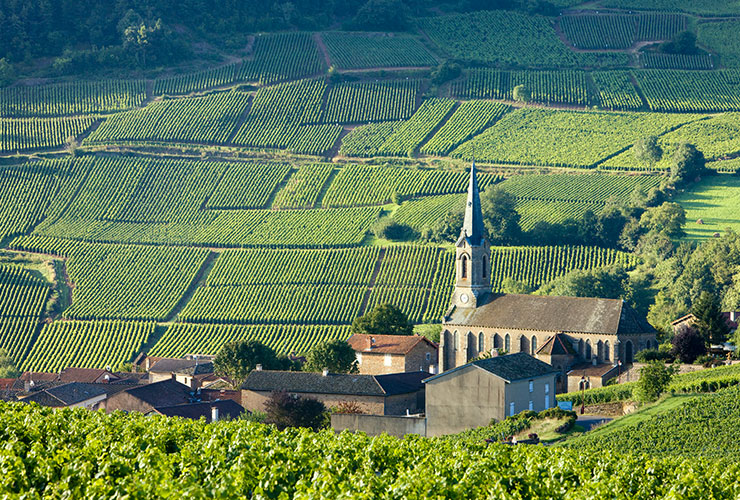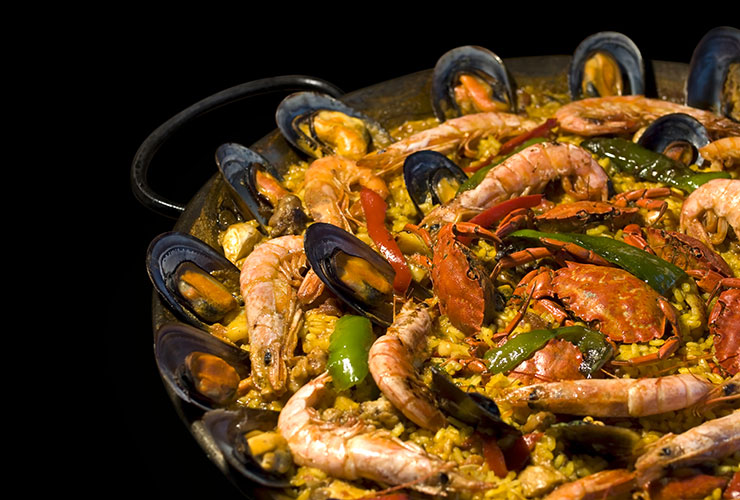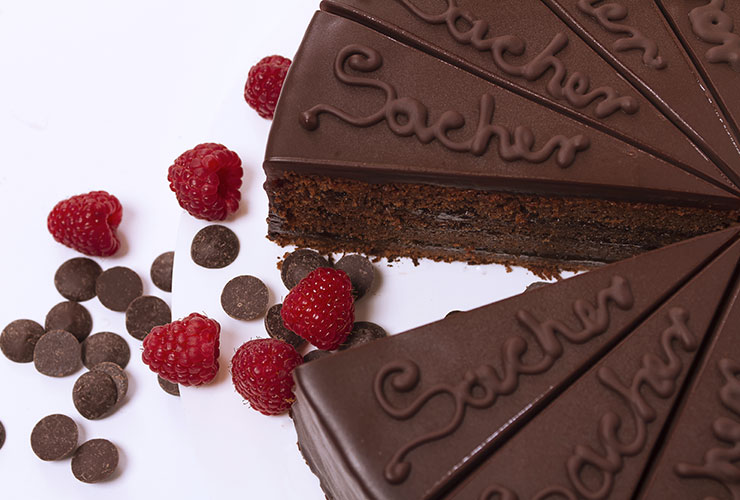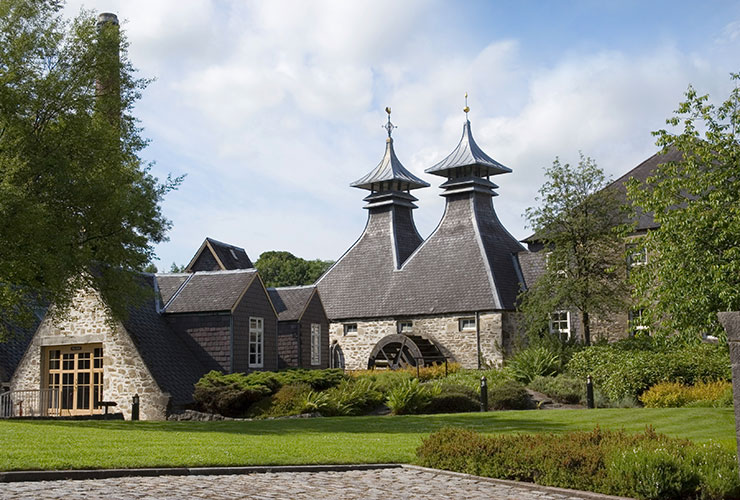Chocolate Experience
Belgium and Switzerland have a strong and tasty tradition in common: chocolate! Appreciated around the world, Belgian chocolate is best appreciated in the form of its famous praline, the country’s typical filled and refined chocolate.
In 1857 Jean Neuhaus moved to Brussels from the green pastures of Switzerland, and opened there a drugstore in Galerie de la Reine (the oldest shopping mall in Europe), where chocolate was originally sold as a remedy against depression. In 1912 the maître chocolatier Jean Neuhaus, nephew of the founding Neuhaus, decided to cover the chocolate praline (the French word refers to an almond coated with sugar) and since then Brussels has become the home of chocolates. Three years later Neuhaus also patented the famous ballotin, the little cardboard container that still preserves and presents these delicacies.
In Belgium there are numerous great craftsmen in the art of filled chocolate. In fact, in addition to the pralines, marquise, manon (covered with white chocolate), truffles and fruits covered with chocolate are always much appreciated. Everything is handmade and high quality ingredients are selected very carefully. The tempting windows of the pralines shops in Brussels and the other Belgian cities display the creations of great chocolate artists like Marcolini, Wittamer, Galler and Godiva, just to name a few. The Museum of Cocoa and Chocolate is a milestone for the lovers of Belgian chocolate. It is a unique museum located very close to the Grand Place in Brussels that takes you into the world of chocolate from its origins to today. The museum illustrates the history of chocolate, from Xocoatl, the spicy drink consumed by the Mayas up to the hot chocolate served at the royal court of France. The visit then culminates with a demonstration of a maître chocolatier who will even reveal you some secrets about the handcrafted production of chocolate.
Switzerland is one of the world’s largest producers of chocolate despite being a small mountain country with a climate far from tropical that never had colonies in places where cocoa is grown. Here chocolate was discovered fairly late during the 1700s, despite it being a commodity that had gained popularity across the European courts for almost a century.
Originally chocolate owed its popularity to the fact that it was used as a medicine. It was considered to be very nutritious and to contain fever lowering properties, as well as being a breath sweetener. Chocolate was first imported to Switzerland by Heinrich Escher, mayor of Zurich, who had tasted it in 1697 in Brussels. After two glorious decades in which chocolate was consumed at parties of the various guilds who ruled the city, in 1722 chocolate was banned by the city council of Zurich because it was considered unseemly due to its reputation as an aphrodisiac. So, the rest of the country had to wait for a while before some wandering chocolate makers of Italian origin would introduce it again as a beverage in Switzerland. The first Swiss chocolate factory was indeed founded in 1750 by two Italians in the town of Schermenmüle near Bern. In 1819 François-Louis Callier inaugurated in the town of Vevey one of the first mechanized factories and founded the oldest chocolate brand still in existence today in Switzerland. Later, also in Vevey, Daniel Peter managed to combine milk with cocoa, creating the first milk chocolate in 1875.
Every part of Switzerland has its own chocolate specialty and its prestigious brand. From May to October, you can also catch the “Chocolate Train”. It departs from Montreux and reaches the Cailler factory and the quaint village of Gruyere (home of the homonymous and famous cheese too!). If you are spending your vacation in Lausanne, we suggest you taste the excellent chocolates of Durig and take a guided tour of his laboratory. With the help of the owner you will experience what being a maître chocolatier means and you will choose the ingredients to create not only your own perfect chocolate, but even a little moment of ecstasy. To be really good a chocolate should not only satisfy the taste buds but involve all five senses.
So, if you love chocolate, Belgium and Switzerland are definitely your paradise. We will help you to experience a unique chocolate tour and your senses will be sweetly spoiled!
De Foodhallen Experience
The new large covered food market in Amsterdam is a true paradise for Street Food lovers. The De Foodhallen opened in Amsterdam at the end of 2014 in a former tram depot in Bellamyplein, located in Amsterdam’s Oud-West area. A project of architect André van Stigt, the recovered early 20th century warehouse with tram lines still in plain sight, is part of a very ambitious recycling facility that today hosts a hotel, a public library, several restaurants and art galleries. Open every day from morning to night, De Foodhallen emulates the form of other famous European markets such as London’s Borough Market, Mercado de San Miguel in Madrid or Torvehallerne in Copenhagen, and became immediately very popular.
At De Foodhallen there are no appetizers, first or second courses as in a typical restaurant. There is no overarching logic, but everything can be tasted and shared. Here you can find thirty kiosks offering their best dishes. Here you can enjoy a wide range of culinary options. We suggest “The Butcher” for meat lovers; “Friska” focuses on organic and vegan food while the menu of “Big Fish” changes according to the catch of the day. Equally not to be missed the Vietnamese snacks of “Viet View” or the products of “Bbrood”, a famous bakery that also prepares of the delicious bitterballen, typical Dutch meatballs perfect as an appetizer.
The De Foodhallen is about one kilometer and a half from Leidseplein, the most famous and lively square of Amsterdam. Within walking distance from here you can reach Vondelpark, the green heart of the city, and the Van Gogh Museum. In this area you can also visit the Zevenlandenhuizen, the Houses of Seven Countries, representing seven European countries, each with its own architectural style.
If you are wondering about what to eat, doing it alone or with friends or with your family, or if you’re just looking around the shops, the De Foodhallen is the ideal place. Here you can relax and enjoy great food while pondering which experiences and emotions your fantastic Dutch holiday has in store for you once again.
Trappist Beer Experience
In Belgium you can find more than 1500 original beers and many of them have their own personalized glass from which just one type of beer, and only that one, can be served. The shape of each glass is designed to enhance the flavor. Beer lovers appreciate the variety, taste and character of Belgian beers: white beer, cherry beer, lambic beer (typical of Brussels), Geuze, and, of course, the famous Trappist beer.
Trappist beer probably represents the highest excellence in the field of beer. This beer is in fact produced only in very few monasteries in the world using ancient traditional techniques. The Trappist monks preserve and transmit this knowledge to create beers without equal. The full-bodied Trappist beers must be enjoyed slowly to fully appreciate their complexity, flavors and aromas. Trappist beer is so called because it is produced by Trappist monks, whose order originated in the Cistercian monastery of La Trappe in France. Already following the Rule of St. Benedict, in 1664 the abbot of La Trappe, de Rancé, judged the behavior of the monks too liberal and decided to introduce a series of new and stricter rules within the abbey, thus giving birth to a new order known as the Order of Cistercians of the Strict Observance.
In Belgium there are only six Trappist monasteries that currently produce Trappist beer. These are the only ones authorized to label their beers with the famous red hexagonal logo “Authentic Trappist Product”, which ensures that the beer is produced in compliance with the strict rules established by the International Trappist Association: the beer must be brewed within a Trappist abbey; the entire production process must take place under the direct control of the monastic community and the sales proceeds are to be used by the Order to pursue acts of charity.
A classic example of the strictness in complying with these rules is the case of Koningshoeven, the only Dutch Trappist beer, which in 1999 secured a trade agreement with a big industrial group. Immediately the brewery lost its permission to use the Trappist logo because of failure to comply with non-profit restrictions. Only in 2005, when the Trappe Koningshoeven returned “to the right path”, its labels was honored again by the Trappist hexagon.
So, which are the abbeys authorized to exhibit the prestigious logo on their bottles? In the Abbey of Notre-Dame de Sant-Benoît, in Achel the namesake beer is produced. The Abbey of Westmalle produces the most sold Trappist beers in the world. The abbey of Saint Sixtus in Westvleteren produces the popular Westveleteren beer while, just in Wallonia, you can find the Abbey De Notre-Dame de Scourmont which produces the famous Chimay beer. Then there is the Abbey Notre-Dame de Saint-Remy, located in Rochefort, and the Abbey Notre-Dame d’Orval, the Trappist abbey with the most fascinating history and probably one of the most interesting local beers.
Now that you know what a Trappist beer is and where you can find it, you just have to leave for a vacation to Belgium and enjoy a Trappist beer while sitting on the benches of a classic Brasserie or taste it during a visit to one of the artisan laboratories.
 Hire Expertise
Hire Expertise Bespoke Itineraries
Bespoke Itineraries Travel Carefree
Travel Carefree